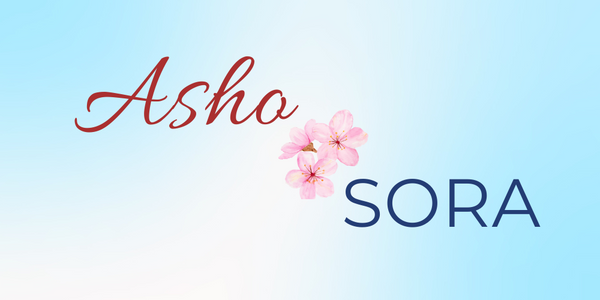
Meeting Kishu Lacquerware
Japan has many crafts that live as art. Some are well known today, but behind them lie centuries of skill and devotion. Among them, three regions stand out for lacquerware: Wajima, Aizu, and Kishu. Each has its own style and strength.
If you want to see how lacquerware connects with washi and indigo dyeing, we shared that story here. Today, let us focus on Kishu, a tradition that blends beauty with daily life.

A quick look at the three
Wajima is known for its strength and detailed decoration. Aizu offers colorful designs and a wide range of items for daily use. Kishu values practicality and grace. It makes bowls, trays, and boxes that feel light in the hand and warm at the lips. You can use them every day without worry.
The heart of Kishu
Kishu lacquerware grew in Wakayama, around the city of Kainan. The main items are soup bowls, lunch boxes, and trays. The colors are often deep red or black. They do not shout with decoration. Instead, they show a soft glow that feels calm and refined. When you pick one up, you notice how light it is. When you drink from it, the warmth feels gentle. These are the small moments that turn daily meals into care.
The material and the craft
Lacquer comes from the sap of the urushi tree. These trees grow in Japan and in parts of East and Southeast Asia. Craftsmen gather the sap drop by drop. They prepare the wood, apply layers, polish, and apply again. Every layer adds depth. Under light, the color shifts with each angle. The finish feels smooth, yet alive.
Value in use
A lacquer bowl softens heat and makes the touch on the lips more pleasant. The sound of chopsticks on the surface feels quiet and warm. The bowl is strong enough for daily meals but also makes food look better. Even a simple soup looks inviting inside a Kishu bowl.
Bringing it to the table today
You can mix lacquerware with modern dishes. Place a black tray under a white plate, and the meal feels complete. A red soup bowl looks perfect on a wooden table. Add just one piece beside your everyday setting, and the rhythm of the table changes.
Choosing the right piece
- Use: Start with a soup bowl or a small tray for daily meals.
- Size: Pick a bowl that fits in your hand. For trays, choose one that holds a cup and plate with room to spare.
- Finish: Glossy pieces add a lively mood. Matte finishes feel calm and subtle. Let your hand decide.
Simple care
Wash gently with warm water and a soft sponge. A small amount of mild soap is fine if needed, but avoid bleach or strong detergents. Wipe with a soft cloth right after washing. Do not leave in strong sunlight. Avoid dishwashers, dryers, or microwaves. Do not soak in the sink for long periods. The best care is to use it often. Over time, the glow grows softer and richer.
Looking forward
At Asho Sora, we believe crafts like Kishu lacquerware carry more than function. They connect the present with the past. They remind us that beauty can live in daily use, not only in museums. Our vision is to explore these traditions, share their stories, and bring them closer to modern life.
Kishu lacquerware is not only for ceremonies or display. It fits into your breakfast miso soup, your afternoon noodles, or your evening meal. Even a simple bowl of cereal in the morning feels warmer and more inviting in lacquerware. A fresh salad or a serving of clam chowder also gains a quiet elegance in these bowls. Lacquerware turns everyday routines into moments of beauty.
